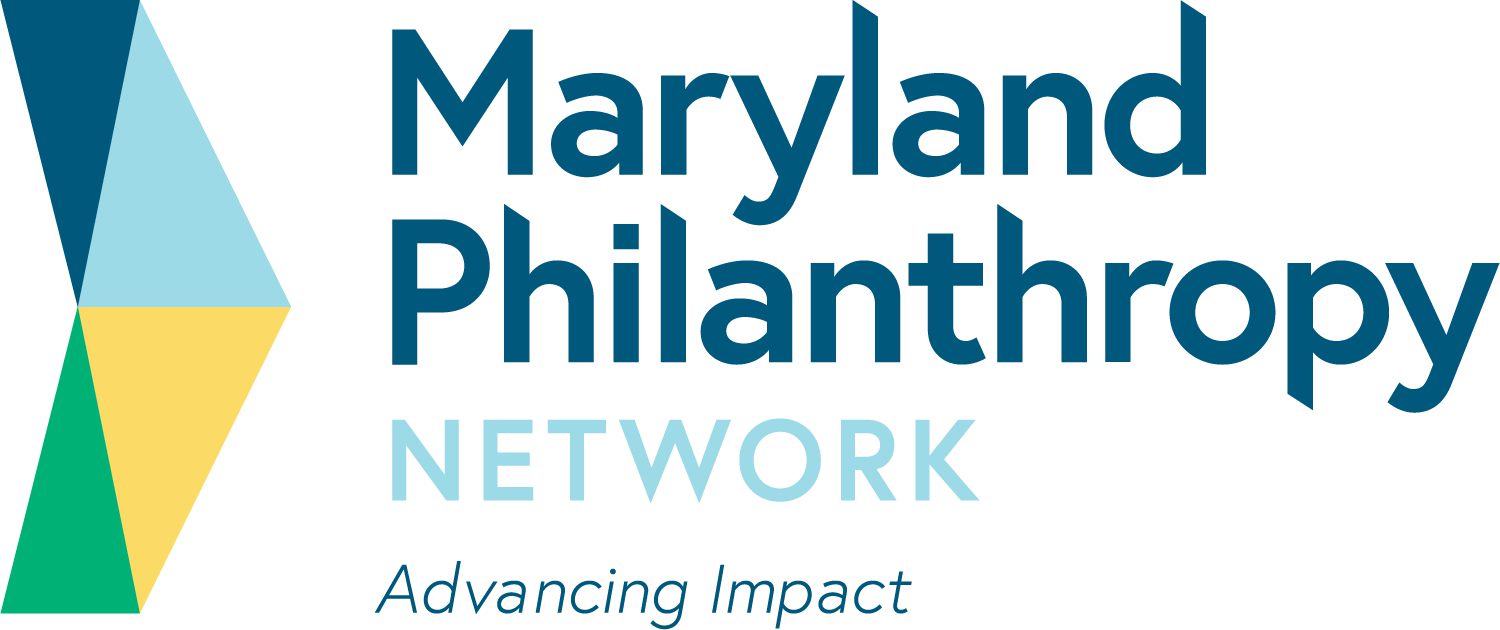Donors are joining hands at a pace we have never seen before — a trend that seems poised to continue to unlock billions more dollars in the coming years. Prompted in large part by the desire by many donors and grant makers to find more effective ways to advance equity in the United States and around the world, these collaboratives could show the way to unlocking greater giving to support social justice. And they could lead to a shift in how philanthropic dollars are distributed — most of these collaboratives are led by people of color and others who have direct experience navigating an unequal world.
As a child, whether she knew it or not, Becki Kurdle was making mental notes that would help lead her to her love of giving and helping others. Her parents’ volunteerism left an indelible impression on her.
Four years after launching an impact investing fund aimed at making loans to local community groups, Baltimore Community Foundation is growing this part of its portfolio further as giving remains high.
There was a time, not so very long ago, when Baltimore seemed to be turning a corner, with a relatively affluent metro area, new development, and rising incomes during the 2000s.
In May, the PEAK Rocky Mountain and PEAK Northern California chapters hosted a panel discussion where grants professionals shared how their respective organizations are operationalizing the principles of trust-bas
Maryland Nonprofits is excited to share the names of the 50 frontline, essential nonprofit workers who received a Service with Distinction Award including Maryland Philanthropy Network member Joyce
Mental health, affordable housing and disparities related to diversity are the top three needs facing Frederick County, according to a study commissioned by The Community Foundation of Frederick County.
In late 2020, there was much talk about how the world of philanthropy was being upended by the confluence of historic events, namely COVID-19 and the Black Lives Matter movement in the U.S. Based on research commissioned by Spring Strategies in January 2022, this article from Dorothy A. Johnson Center for Philanthropy identifies four emerging phenomena that resulted from what have been recognized as the dual crises of unaddressed systemic racism and a global pandemic.
Black women philanthropists are essential to the growth of the philanthropic space and yet are often sidelined.
Between May 2020 to May 2021, Funders Together to End Homelessness (Funders Together) embarked on a strategic planning process in collaboration with Wayfinding Partners.
Ten Baltimore organizations each received $25,000 to continue their work supporting Black residents in the Baltimore area.
The $1.7 trillion spending package President Biden signed into law shortly before the New Year left the biggest item on charities’ legislative agenda out in the cold.
In philanthropy, it’s often assumed that the more money you spend, the bigger the impact you can have.
Most grant makers would agree, at least in principle, that helping nonprofits build organizational capacity is an important role for philanthropy.
What if I told you that, just as there are renewable energy sources, there is a renewable financial resource — and it’s already quietly making progress possible? Impact investing, which generates financial returns alongside positive social change, is proving a valuable tool for spurring large scale, inclusive economic growth and creating income and wealth for residents. Impact investments can take the form of low-interest loans, venture capital or municipal bond investments, for example, all with the goal of addressing critical social needs.
In 2023, nearly 7,900 Baltimore City youth applied to YouthWorks to gain summer employment experience, and some 500 businesses, agencies and nonprofits
“You neglect yourself when you don’t have that one secure place,” said an individual describing the experience of avoiding taking medications while living in a homeless shelter. “If I have medications that maybe I don’t want folks to see, that ma
As wildfires blaze in Hawaii, taking lives and displacing people from their homes, a Baltimore charity with strong ties to the state is worried about its workers there and bracing for damage to real estate it owns.
It’s a transaction that would be commonplace for a corporation or a sports team, but it’s the kind of deal that is practically unheard of in the nonprofit sector.

